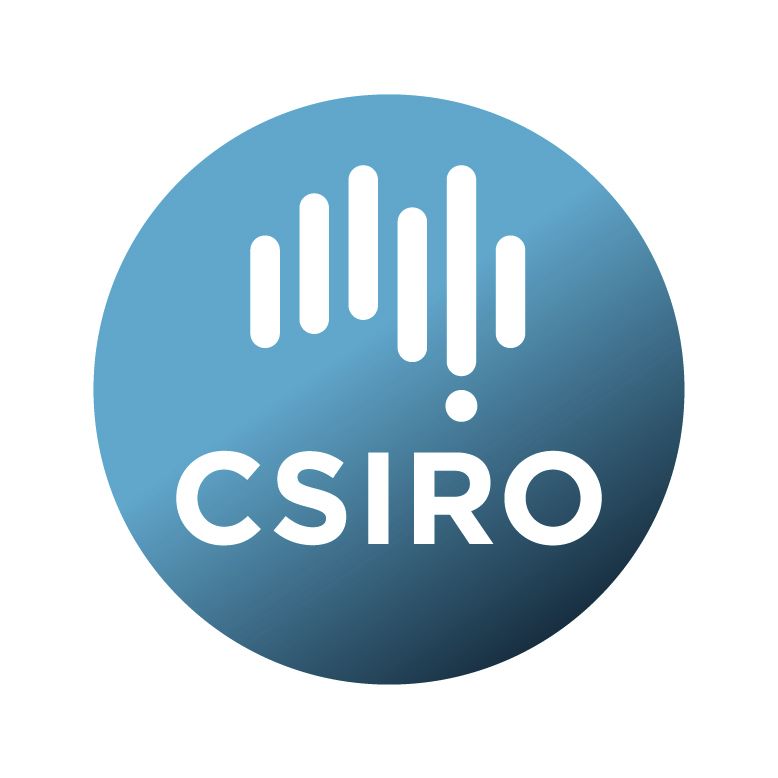Brief description
ASKAPsoft, the ASKAP Science Data Processor, provides data processing functionality, including:* Calibration
* Spectral line imaging
* Continuum imaging
* Source detection and generation of source catalogs
* Transient detection
ASKAPsoft is developed as a part of the CSIRO Australian Square Kilometre Array Pathfinder (ASKAP) Science Data Processor component. ASKAPsoft is a key component in the ASKAP system. It is the primary software for storing and processing raw data, and initiating the archiving of resulting science data products into the data archive (CASDA).
The processing pipelines within ASKAPsoft are largely written in C++ built on top of casacore and other third party libraries. The software is designed to be parallelised, where possible, for performance.
ASKAPsoft is designed to be built and executed in a standard Unix/Linux environment and core dependencies must be fulfilled by the platform. These include, but are not limited to, a C/C++/Fortran compiler, Make, Python 2.7, Java 7 and MPI. More specific dependencies are downloaded by the ASKAPsoft build system and are installed within the ASKAPsoft development tree. Specific to the Debian platform, after a standard installation of Debian Wheezy (7.x) the following packages will need to be installed with apt-get:
* g++
* gfortran
* openjdk-7-jdk
* python-dev
* flex
* bison
* openmpi-bin
* libopenmpi-dev
* libfreetype6-dev
* libpng12-dev
More information regarding the building, installation and running of the software can be found in the README file in the root of the file structure that forms this collection.
Source code can be accessed via the links in Related Materials section.
-----
A patch release that fixes bugs in both the pipeline scripts and
Selavy, as well as a minor one in casdaupload.
Pipeline fixes:
* The 'contsub' spectral cubes were not being mosaicked. This was
caused by incorrect handling of the ".fits" suffix (it was being
added for CASA images, not FITS image).
* It was possible for the pipeline to attempt to flag an averaged MS
even if the averaged MS was not being created. The pipeline is now
more careful about setting its switches to cover this scenario.
* The continuum validation reports are now automatically (by default)
copied to a standard location, tagged with the user's ID and
timestamp of pipeline. This can be turned off by setting
VALIDATION_ARCHIVE_DIR to "".
* The spectral imaging jobs were capable of asking for more writers
than there were cores in the job. The pipeline scripts are now
careful to check the number of writers, and ensure it is no more
than the number of workers. The default number of writers has been
changed to one.
* The handling of FITS files by the inter-field mosaicking tasks was
error-prone - files would either not be copied (in the case of a
single field) or would not be identified correctly (for the
spectral-line case).
Pipeline improvements:
* The image size (number of pixels) and cellsize (in arcsec) for the
continuum cubes can now be given explicitly, and so be allowed to
differ from the continuum images.
* Some default cleaning parameters for continuum cube imaging have
been changed as well.
The following bugs in Selavy have been fixed:
* There was an issue with the weight-normalisation option in Selavy,
where the incorrect normalisation was applied if a subsection (in
particular the first subsection) had no valid pixels present
(ie. all were masked). The masking is now correctly accounted for.
* There were bugs that caused memory errors in the spectral-line (HI)
parameterisation of sources. This code has been improved.
* The 'fitResults' files were reporting the catalogue twice, and
producing the same catalogue for all fit types. Additionally, there
was the possibility of errors if different fit types yielded
different numbers of components for a given island.
Available: 2017-09-01
Data time period: 2017-08-24 to ..
Subjects
ASKAP |
Astronomical Sciences |
Astronomical Sciences Not Elsewhere Classified |
Physical Sciences |
data reduction |
pipeline |
radio astronomy |
science data processor |
software |
User Contributed Tags
Login to tag this record with meaningful keywords to make it easier to discover


